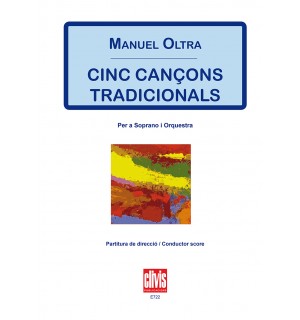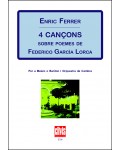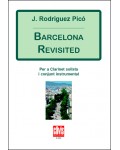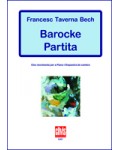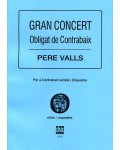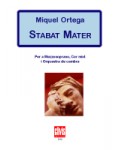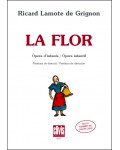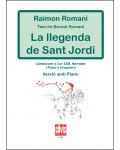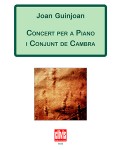
No products
Prices are tax included
Product successfully added to your shopping cart
There are 0 items in your cart. There is 1 item in your cart.
- English
- Castellano
- Català
Cinc cançons tradicionals
DE722
The chamber work is exquisite and though initially it may seem unusual, the voice is treated as just another instrument which Oltra interweaved naturally with the other timbres.
| Period | 20th c. |
| Subheading / Parts | La Pastora (1'51") - El Mestre (2'45") - El Rossinyol (2'42") - El Bon Caçador (1'25") - El Mariner (2'41") |
| Instruments | soprano-1111-2100-perc.timp.harp.-string |
| Text language | Catalan |
| Pages | 60 |
| Time | 12 min. |
| Contents | conductor score |
| ISMN | 979-0-3502-0906-2 |
| Price of print edition | 30,70€ |
| Orchestras | si |
| Edition | Digital |
The Cinc cançons tradicionals (Five Traditional Songs) were written in 1968 with this orchestral accompaniment so rich in colour and nuance. The chamber work is exquisite and though initially it may seem unusual, the voice is treated as just another instrument which Oltra interweaved naturally with the other timbres. One of the elements that underlines the Catalan origin of the piece is the role of the oboe which provides popular colour that echoes our traditional shawm and chalemie, the Catalan double-reeded instruments. The infinite imagination of the composer allows him to present a different colour with every stanza and new instrumentation to every theme that is returned to. Thus every detail runs together smoothly: the girl who sings the most highly regarded song in our musical tradition, The Nightingale, does so to a sweet and static accompaniment, with a gentle breeze ruffl ing the leaves, and the mariner who closes the cycle does so to an elegant finale of brasses and percussion; a very different percussion to that which accompanied the energetic huntsman of a few moments earlier.
David Puertas

